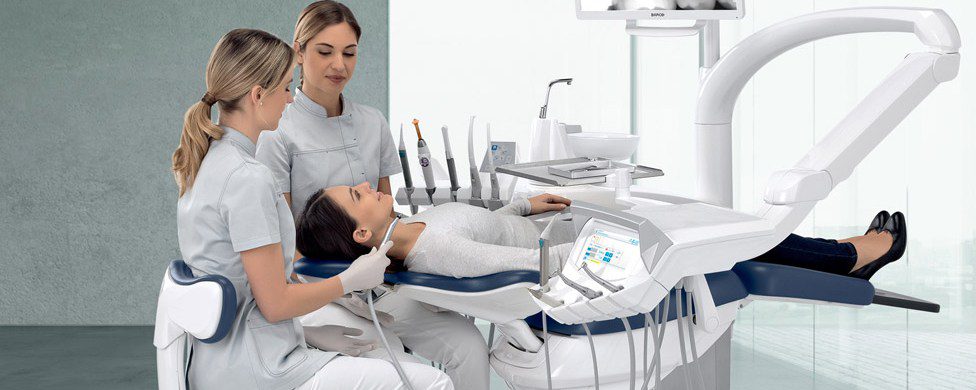WHY ARE DENTISTS IN THE BUSINESS OF SELLING CONFIDENCE?
Dentists might not think of themselves as salespeople, but they are in the business of selling confidence.
This is about selling confidence in their practice, but also selling the idea of improving their patients’ self-confidence through advanced treatments and cosmetic dentistry procedures.
Dentists may not always feel comfortable seeing themselves in this way, but the whole notion of confidence is tied up with the success of commercial dental practices.
People in the UK are increasingly interested in treatments such as implants and veneers. The market is growing, and dentists must position themselves in the right way to compete in it.
Helping Not Selling
For dentists wanting to recommend treatments to patients, it is about speaking confidently about their options.
In other words, it is by no means a direct, hard sell.
But, as with other forms of marketing, it is to do with explaining the benefits of treatments.
First, however, dentists must build relationships with patients. Successful dental practices are founded on this key element of trust.
Obviously, then, taking any kind of direct, sales-led approach would be highly likely to undermine this trust.
Building relationships with patients means listening carefully to them and asking them open questions.
The dentist should give the patient space to articulate their issues, needs and even fears.
Then their task is to be helpful.
Having listened to the patient’s concerns, the dentist is then in the best position to explain the benefits of various types of treatment to them.
Using the Power of Imaging and Images
A major advantage that modern dental equipment offers the dentist is that it helps them to communicate to patients clearly and visually.
Visual imagery is the key to successful communication for many dentists, at different stages of engagement, including:
- Diagnosis
- Treatment planning, and
- Patient education.
For example, in cosmetic dental treatments, digital imaging enables dentists to demonstrate different treatment outcomes.
Discussing the condition of their teeth or gums with the patient using a visual aid makes it that much easier for the dentist to explain the diagnosis and possible courses of treatment.
Where the patient has concerns about the outcomes of cosmetic treatment, the dentist may also use imaging software to create simulations of what the effects of the treatment will be.
Over 70% of learning is visual, therefore it makes sense for dentists to draw on visual resources to gain patients’ trust and confidence.
Increased Awareness of Cosmetic Dentistry
Public awareness of the benefits, and desirability, of cosmetic dental treatment has increased, with more people seeking treatments that they want rather than need.
Positive changes to people’s appearances are highlighted both in the mainstream media and across social media channels.
Consequently, dentistry has become established as a means of delivering services that enhance people’s self-image.
But to take full advantage of this cultural shift, dentists must be in a position to clearly demonstrate the benefits of these treatments to eager and curious patients.
A major aspect of this is the use of digital imaging equipment, and the overall fit-outs of dental surgeries that will then meet patients’ expectations.
“Cosmetic dentistry is increasingly seen as accessible and achievable, and not just aspirational. It is then up to commercial dental practices to position themselves where they can gain patients’ trust by building confidence in the services they offer.”
Pete Higson, RPA Dental





